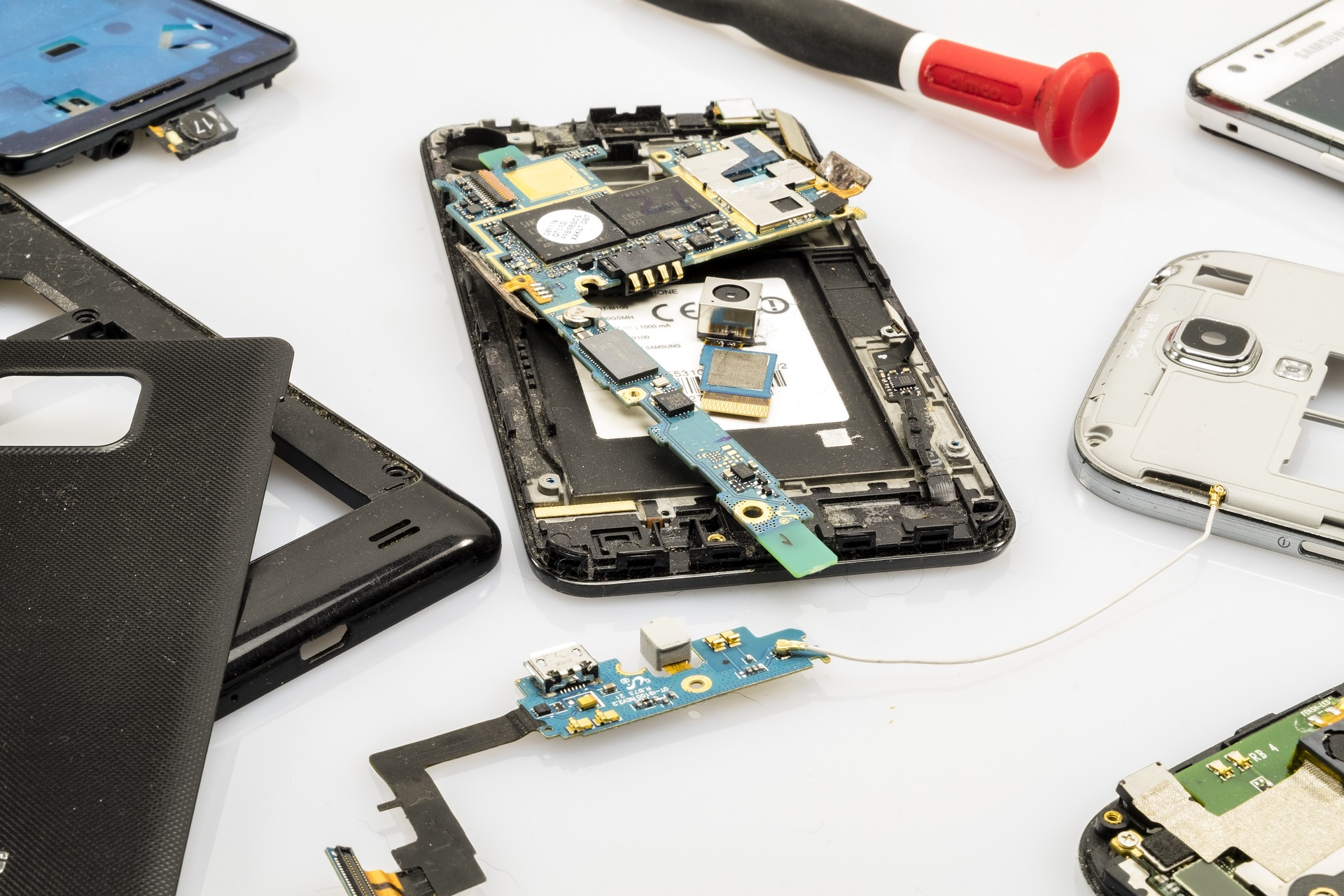Unraveling the Intricacies of the Right to Repair Movement
The Right to Repair movement is gaining momentum in the United States, sparking a nationwide debate about consumer rights and corporate control. This movement calls for laws that allow consumers to repair their own devices, challenging the restrictions imposed by manufacturers. Read below to delve into the complexities of this trending topic in law and government.
Understanding the Right to Repair Movement
The Right to Repair movement is a consumer advocacy initiative that seeks to pass legislation allowing individuals to repair their own devices. This includes everything from smartphones and laptops to tractors and other heavy machinery. The movement argues that consumers should have the right to fix their own products, rather than being forced to use manufacturer-approved repair services, which can often be costly and inconvenient.
The Legal Landscape
Several states have introduced Right to Repair bills, but the tech industry has largely opposed these efforts, arguing that allowing consumers to repair their own devices could lead to safety issues and violate intellectual property rights. However, proponents of the movement argue that these concerns are overstated and that the real issue is the monopolistic control that manufacturers exert over repairs.
The Impact on Consumers and Small Businesses
If successful, the Right to Repair movement could have significant implications for consumers and small businesses. Consumers could save money by repairing their own devices or using independent repair shops. Small businesses, particularly those in the repair industry, could also benefit from an increase in demand for their services.
The Role of Government
The government plays a crucial role in this issue. It is the responsibility of lawmakers to balance the rights of consumers with the interests of manufacturers. Some federal agencies, like the Federal Trade Commission, have expressed support for the Right to Repair movement, but it remains to be seen how this issue will play out at the state and federal level.
Looking Ahead
The Right to Repair movement is a complex issue that touches on consumer rights, corporate control, and government regulation. As this movement continues to gain momentum, it will be interesting to see how lawmakers navigate these complexities and what impact their decisions will have on consumers and businesses alike.
Useful Tips and Facts:
- The Right to Repair movement began in the automotive industry in the 2000s.
- Massachusetts passed the first Right to Repair law in 2012, which focused on automobiles.
- In 2020, Massachusetts voters approved a measure expanding the law to include electronic vehicle data.
- The European Union has also introduced Right to Repair regulations for certain products.
In conclusion, the Right to Repair movement is a fascinating intersection of law, technology, and consumer rights. As this issue continues to evolve, it will undoubtedly shape the legal landscape in the United States and potentially influence global trends. It serves as a reminder of the power of consumer advocacy and the ongoing struggle between corporate control and individual freedom.





